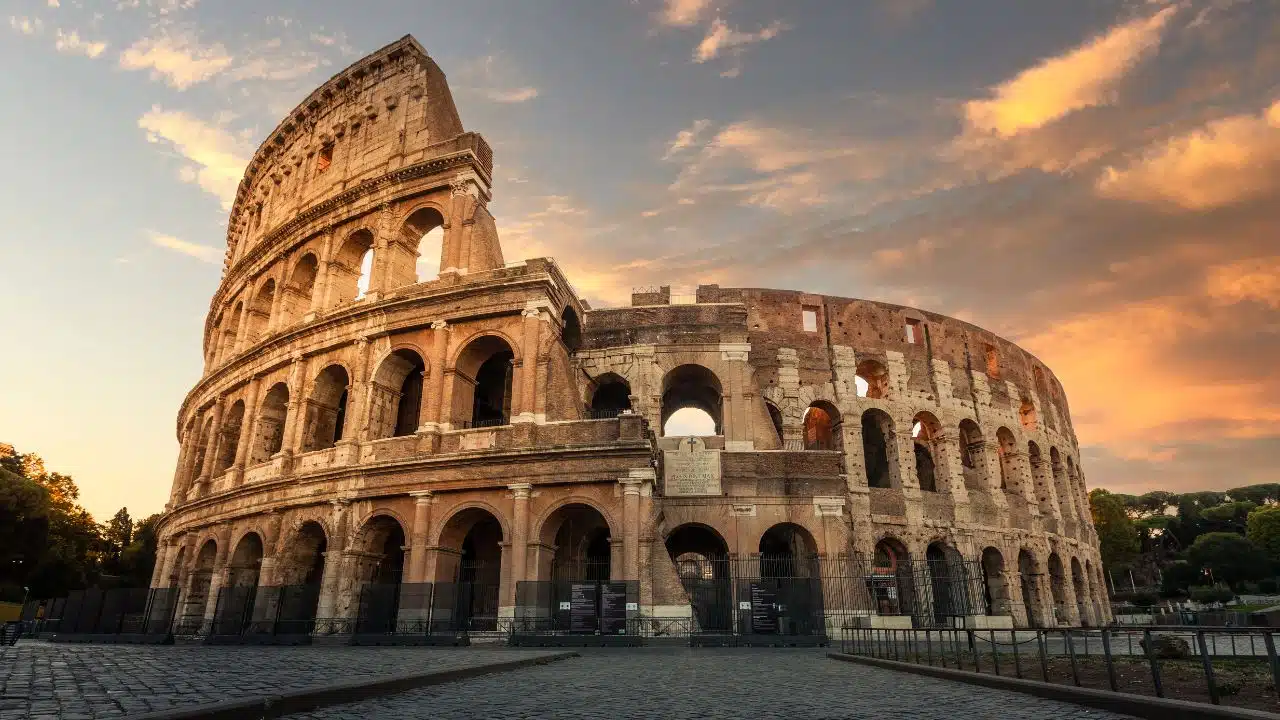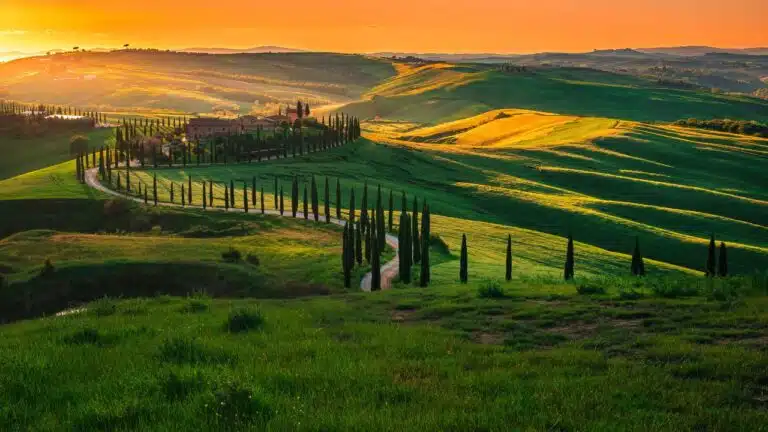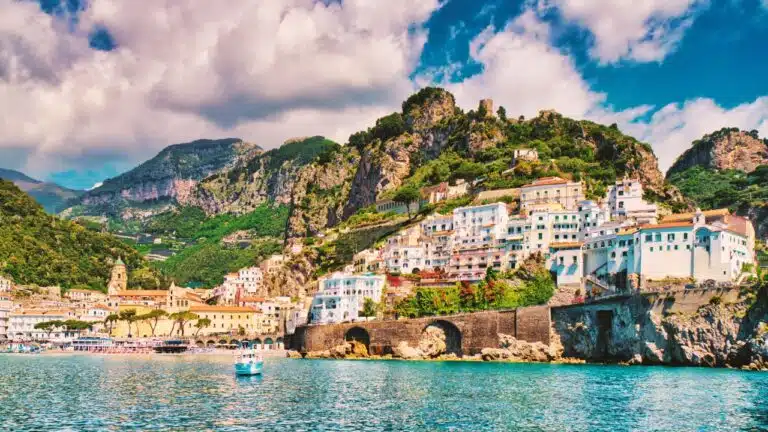The city of Rome is one of a kind in every way. From towering historical juggernauts to jaw-dropping artistic marvels, beauty and history await around every corner. In a city like Rome, each cobblestoned step tells a story laden with centuries of weight. But Rome’s charms go beyond its ancient past to include an enchanting present: squares dotted with baroque fountains, buzzing piazzas filled with people and music, and lively terraces with traditional pasta and vino on your table. Rome’s mix of the larger-than-life and the perfectly ordinary makes it the kind of place you can come back to again and again, because exploring the city is best done slowly and at just the right time. So if you’re ready to spend days, weeks, or even months exploring the Eternal City, we’ll take you through all the best times to visit and truly appreciate the beauty of Rome.
This post may contain affiliate links. Making a purchase through our site may earn us a commission at no additional cost to you. This does not affect the independence or quality of our content.
Table of Contents
The Weather in Rome
Rome’s Mediterranean climate is lovely throughout the year, with hot summers and mild winters. But you’ll find a distinct difference in Rome’s weather and vibe from season to season that offers a little something new every month. So dive into Rome’s four classic seasons to pick the best time to visit for your future Roman holiday.
Spring (March to May)
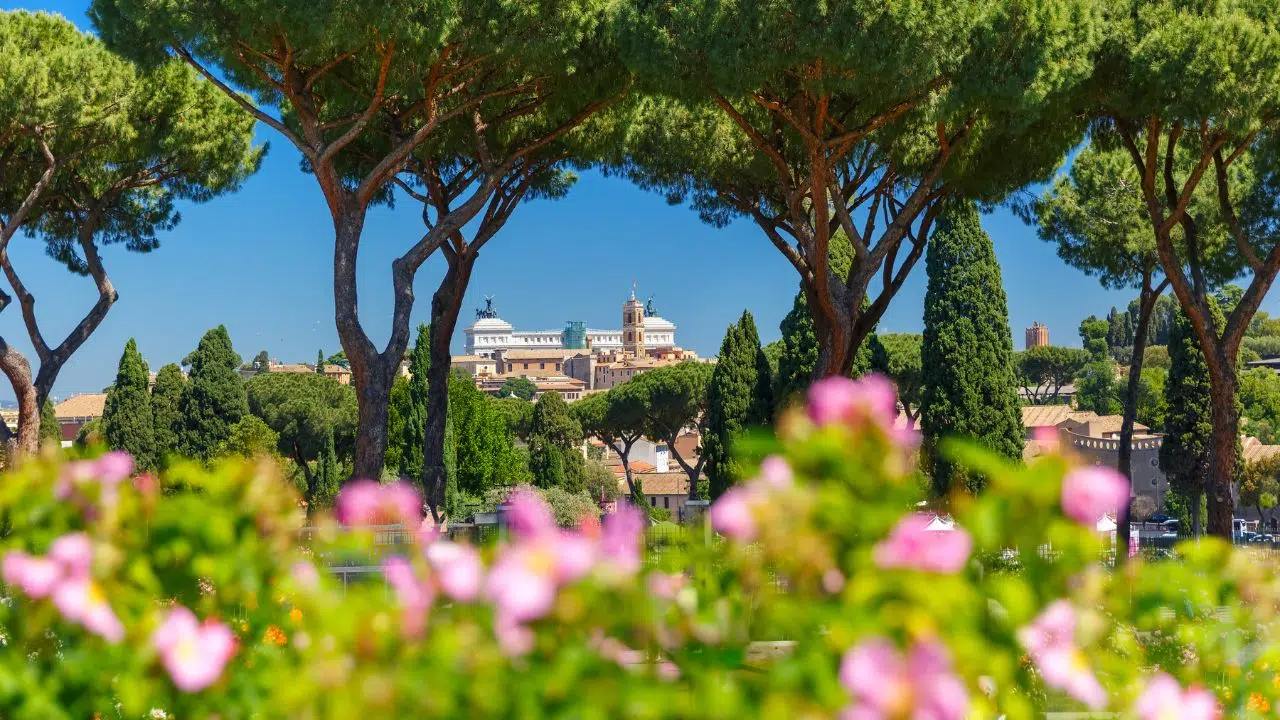
There’s never a prettier time to be in Rome than in the spring. The Eternal City is always beautiful, but never more so than when covered in spring blooms. But spring doesn’t just bring color to Rome; it brings mild weather and pleasant temperatures. With highs of 55°F in March, 57°F in April, and 70°F in May—spring means you can officially start packing light—all the better to bring back souvenirs from your trip.
March marks the beginning of the spring season, with cooler temperatures and a quieter atmosphere, making it perfect for museum visits and peaceful al fresco dining. Flower lovers should head to the Roman capital in April to wander the city’s green spaces and admire the splashes of color. In May, things finally pick up steam, with more tourists than the rest of the season but also the best of the city’s Mediterranean weather. If you want better travel deals, plan to visit earlier in the season, while if you don’t mind crowds, May promises sunny days and beautiful weather to explore the city.
Best Time to Visit Rome for Sightseeing
Summer (June to August)
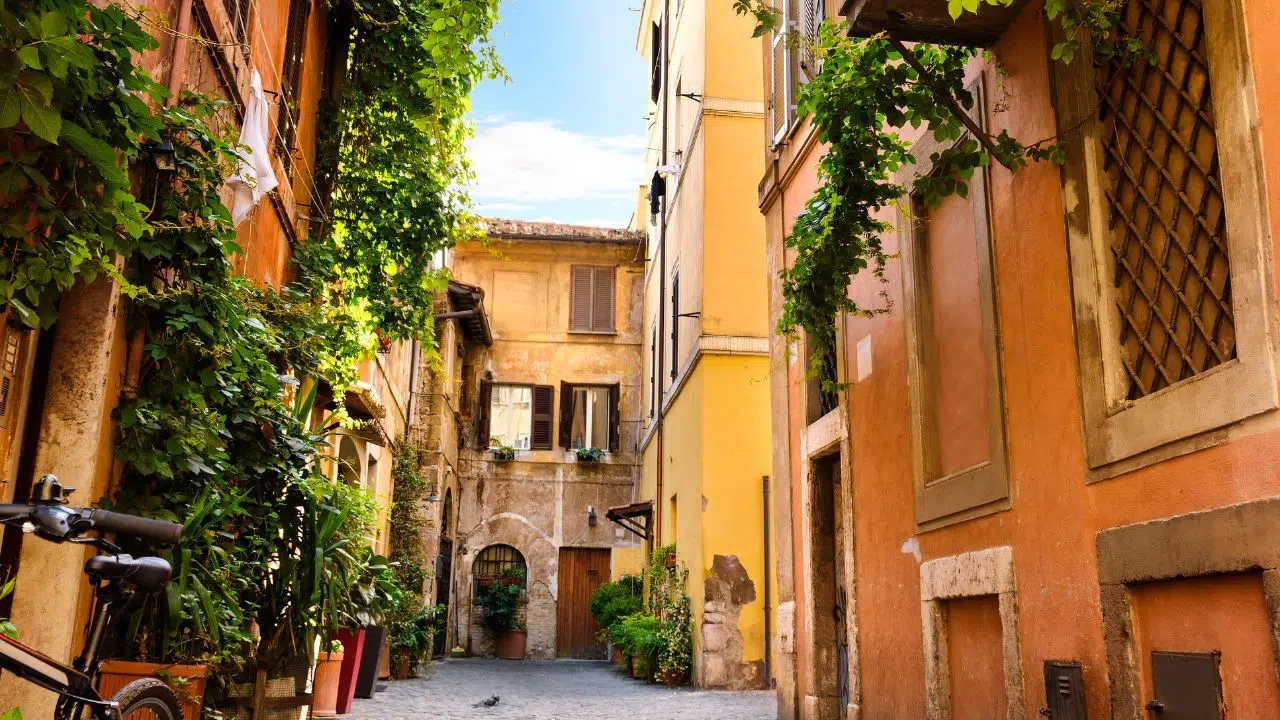
Summer pairs the warmest temperatures of the year with the longest daylight hours. The result is a crowded city center and higher travel prices, but also plenty of magical moments to make it worth the sweat. And we do mean sweat—temperatures can reach as high as 110°F in the Roman capital, though they tend to average around 87°F. The best way to avoid the worst of the heat and crowds is to plan a trip for June, when the weather hasn’t yet reached scorching temperatures and the tourist crowds are still manageable.
For those who love it hot, July and August promise near-endless sunshine, ideal for visiting nearby beach towns. But don’t be afraid to stay out after the sun sets to enjoy Italy’s late-night culture: al fresco dining, intimate passeggiatas through the city, and laid-back piazzas full of people watching people. Enjoy the local summer festivals that take place throughout the season, and don’t miss the summer shopping sale in July for some unique souvenirs.
Best Time to Visit Rome for Unique Experiences and Beach Town Visits
Fall (September to November)
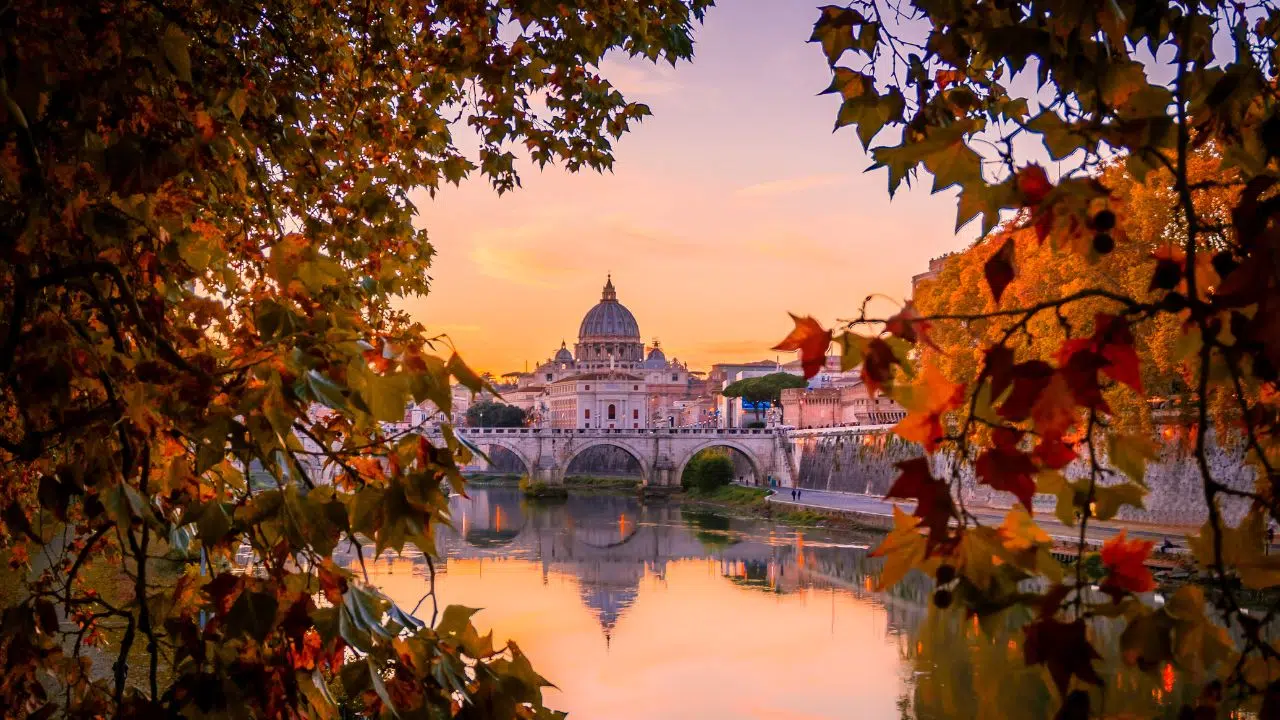
Seasoned travelers will tell you that fall is the best time to visit Rome, and we’re not going to tell you they’re wrong. Fall sees the city in a different light, and we’re not just talking about autumn’s fiery hues. September kicks things off with highs of 80°F, plenty of sunshine, and thinning crowds, making this a perfect time for anything your heart desires: beach trips, food tours, exploring different neighborhoods, and more.
October finally sees temperatures start to cool off, with highs around 71°F. This is the perfect month to dive into Rome’s history and explore all of the classic sites that make Rome, well, Rome. In November, things slow down for real, and temperatures drop to 61°F. For the cheapest travel, November is the best time to visit Rome in the fall. Savor hearty cuisine and seasonal delights like artichokes, chestnuts, mushrooms, and more. Between the vibrant fall foliage adding a splash of color to outdoor adventures, seasonal harvests and food festivals promising a special taste of Rome, and picture-perfect weather to bolster it all, it’s hard to argue fall isn’t the best time to visit Rome.
Best Time to Visit Rome for Great Weather and Food Festivals
Winter (December to February)
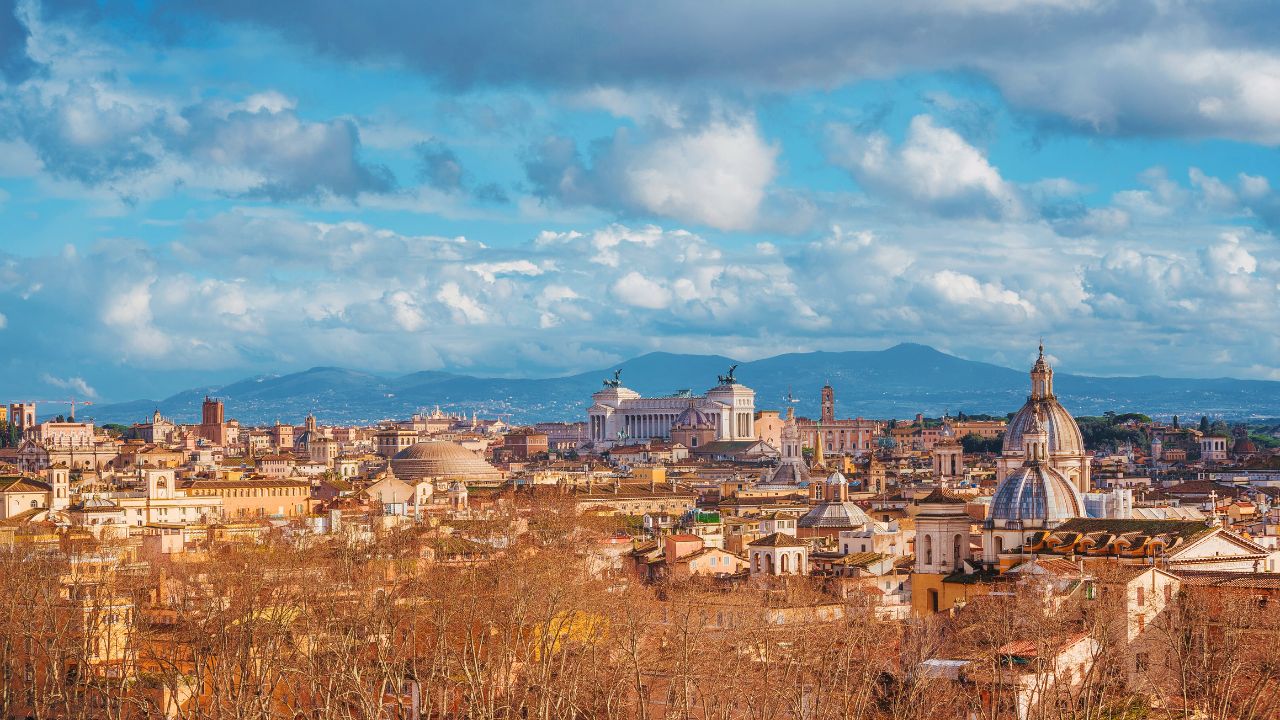
Winter in Rome is nothing like its northern counterparts, often buried under feet of snow, or cities in the south, warm enough to still hit the beach. Rome in winter is generally warm and balmy, with an average temperature of 56°F, but that can drop to a chilly 39°F at night. But despite the lack of classic winter wonderland enchantment, the city still manages to feel magical. You’re never alone in Rome, but in the winter, you can actually feel like you are. With the summer crowds long gone, winter welcomes a more laid-back atmosphere to the city.
Without the long lines of tourists, visitors can lazily drift from one attraction to the next, unhurried. But take note, the lethargy doesn’t extend to Rome itself; the city’s café and bar scenes are as lively as ever, adding a much-needed touch of warmth and energy to the city’s coldest months. Whether it’s Christmas lights and markets in December, hearty Italian cuisine and cups of vino in January, or cozy museum visits and colorful Carnival in February, winter promises a different side of Rome that’s just as easy to fall in love with.
Best Time to Visit Rome for Fewer Crowds and Festive Events
Rome’s Most Popular Annual Events
Looking for an excuse to travel to Rome? You won’t have to look far. From historical reenactments and spring celebrations to birthday bashes and foody extravaganzas, Rome bursts with color, flavor, and unique festivities to give the perfect excuse to jet away to Rome, no matter the time of year.
Ides of March (March)

As far as unique festivals go, it doesn’t get much more so than watching a reenactment of one of history’s most notorious assassinations. The Ides of March festival takes place on March 15 and sees history buffs don their best period costumes and their most dramatic performances to transport viewers back in time to 44 BC to watch the death of Julius Caesar as it played out centuries ago. For anyone who loves history, this glimpse into the past is a must-see event for any spring visit.
Festa della Primavera (March)

March marks the arrival of spring, and what better way to welcome it than with a grand bash and lots of color? Spring brings a blaze of vivid hues to the Eternal City, with celebrations that last from March all the way to June. Visitors can hunt down beautiful floral displays all over the city, from orange trees and lavender bushes in the Orange Garden to stunning hanging wisteria along Via Margutta, and you can’t miss the stunning azaleas arranged on the Spanish Steps. But it’s not just floral displays to look forward to. Between flower festivals, music performances, and outdoor gatherings all over Rome, spring encourages locals and tourists alike to get outside and appreciate the beauty of nature.
Natale di Roma (April)

Get ready to celebrate one of the oldest cities in Europe with a birthday that blows your little cousin’s party out of the water. Join in the revelry alongside locals to mark the city’s founding in 753 BC by Romulus. The birth of Rome is celebrated like any normal birthday party—with costumed parades, historical reenactments, gladiator fights, and more to take you into the legends and traditions that helped create one of the most famous cities in the world. Enjoy live musical performances at Piazza del Campidoglio, watch fireworks displays over the River Tiber, and pop into the city’s museums and historical attractions during this free entry period. Natale di Roma is a glimpse into the city’s past and a rousing celebration of its present.
Estate Romana (June to August)

Live your picture-perfect Roman holiday during Estate Romana. The name translates to Roman Summer and is so much more than just one single event but something that spans the entire summer season. From early June to the end of September, the city puts on films, dance and music performances, art exhibitions, and theater productions in a constant rotation, celebrating Rome’s cultural heritage and creativity. There are also fun festivals and experiences sprinkled throughout to cater to the most varied of tastes. Watch movies in open-air cinemas, dance to DJ sets while flinging powder paint balls in the air, tour the Roman Forum at night, and sit under the stars in the ancient public baths of Rome while ballet dancers and opera singers bring magic to the ruins. Whatever your perfect summer looks like, you can find it in Rome during the Estate Romana.
Festa della Repubblica (June)

Every year, on June 2, Italy celebrates the Festa della Repubblica, or Republic Day. This day marks the anniversary of Italy’s transition to a republic following World War II. The day is marked by a military parade and musical performances by different branches of the Italian army, but the highlight of the event is the flyover—nine Italian Air Force jets fly over the Vittoriano monument trailing green, white, and red smoke. It’s a beautiful homage to the country’s flag and a spectacular display for those watching below.
Taste of Roma (September)

Foodies unite for a Taste of Roma. As the name suggests, this is one of the best times to visit Rome for a taste of the city itself. Set amid the harvest season, Taste of Roma is a sensory experience that puts your taste buds front and center. Dive into delicious tastings, try your hand at making classic Italian dishes, and learn the traditions and history behind the unique flavors of Rome that make it a gastronomic icon. If food is your first love, Rome and the Taste of Roma, will have you falling in love with every bite.
Christmas Markets (December)

Rome during Christmas may not carry the charm of a snow-blanketed Nuremberg or the snow-globe enchantment of Strasbourg. However, the city still manages to don a festive holiday spirit. Thanks to its strong Christian and Jewish roots, you’ll find holiday markets and decorations all over the Holy City. Take a ride on the carousel in Piazza Navona, go ice skating at Christmas World, and find your favorite collectible at the Piazza Mazzini Christmas market. While not as loud and flashy as Christmas in other cities across Europe, Rome still manages to put its own spin on this classic holiday season.
Know the Best Time to Go
No matter when you go, Rome is always showing off its best side. But what happens when you want the best of the best? From experiencing Rome at its most beautiful to its most savory and everything in between, here are the best times to visit the Eternal City to leave you, your wallet, and your itinerary happy.
The Best Time to Visit Rome for Low Prices

For low prices, you’ll want to avoid the summer. Peak season crowds also come with peak season price hikes. If you think the heat will make you swoon, wait until you see the price tags on your flights and accommodations. For lower room rates and cheaper airfare, plan your travel between October and April. January and February offer some of the cheapest rates, but you can find deals all throughout the shoulder and low season. If traveling to Rome in the dead of winter doesn’t appeal—fear not. October and April promise some of the best weather, with mild temperatures and less rain, alongside opportunities to score some great deals.
The Best Time to Visit Rome for Fewer Crowds
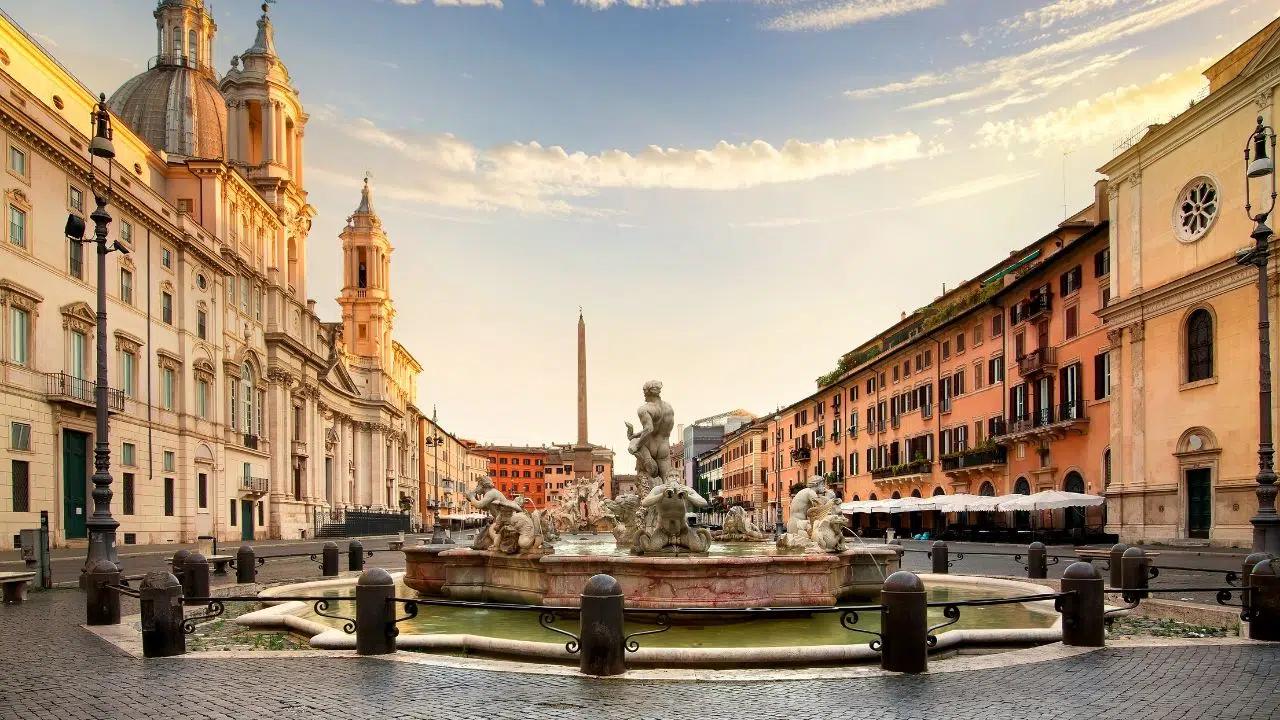
It should be no surprise that the city touted as the cradle of civilization is never truly empty. No matter when you go, you’ll always encounter visitors getting their fill of the Eternal City. But with that said, you can find pockets of quiet. Take a snapshot of Rome in January and you’ll find a very different picture than you would in July.
Winter sees a massive drop in tourist numbers, with far fewer visitors in the city. The lines for attractions get shorter, and you can snatch up a good deal on rooms as hotels drop prices to compete with one another. But keep in mind that winter is also when many shops and restaurants reduce their hours or close entirely. You’ll still find plenty of places open, from tourist shops in the city center to local gems in cozy neighborhoods, but if you have specific stops on your itinerary, be sure to double-check their winter operating hours.
The Best Time to Visit Rome for Good Weather

Spring and fall usher in some of the most idyllic weather you’ll find in Rome. From April to May and September to October, the Eternal City shines—literally. Sun-soaked afternoons and all-day pleasant temperatures mean that whether visitors want to enjoy city sightseeing or pop indoors to tour museums and sit in a café, they can take advantage of the best of both worlds.
Spring brings a new life to the city, not just in the way of pretty blooms, but locals emerging from their winter hibernation to sip on outdoor terraces and soak in the sun. Similarly, fall is so beloved that it has its own ancient term: Ottobrata Romana (Roman October). The cool air after the hot summer is a welcome respite, and the fall flavors and food festivals are a staple way to enjoy a lovely time of year. For the best experience of Rome and its good weather, spring and fall are ideal times to visit. As a bonus, you can score a great deal and avoid the summer crowds.
The Best Time to Visit Rome for Food Festivals
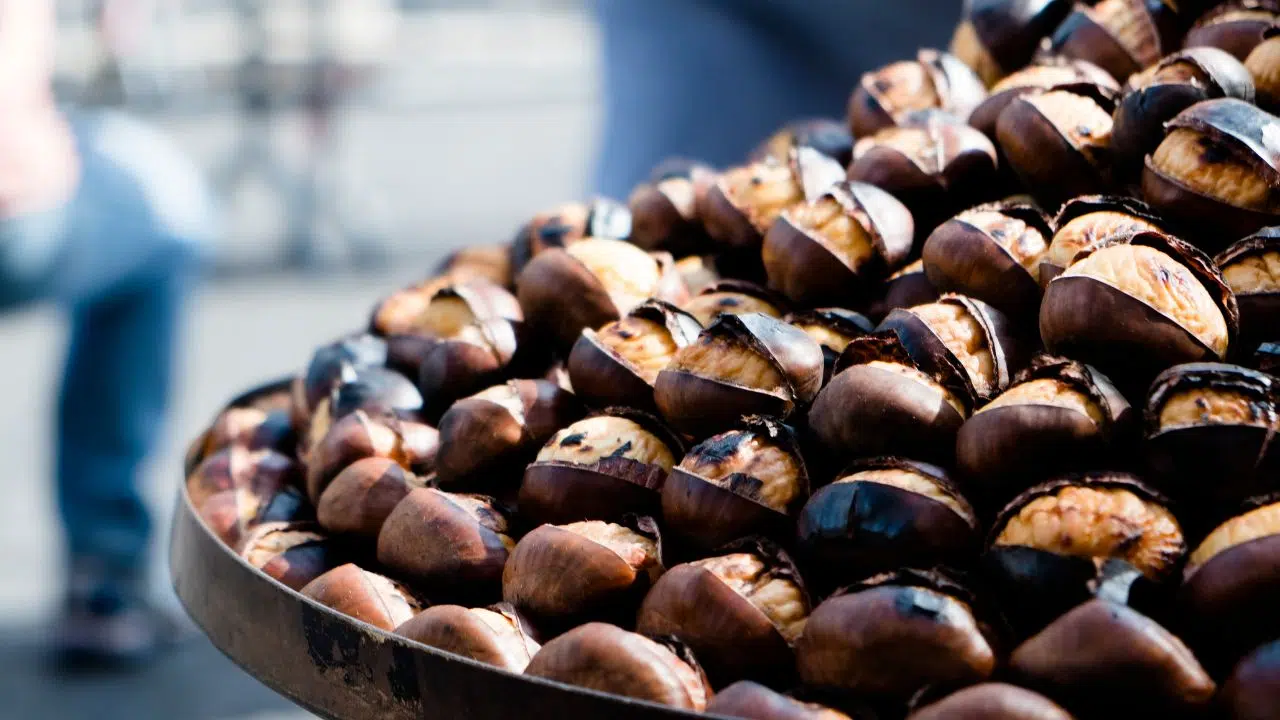
The harvest season in Rome is near-synonymous with sagre (food festivals). So what better time is there for foodies to visit the city? The cool weather brings some of Rome’s favorite seasonal dishes to the table, from chestnuts and truffles to grapes and vino. In Lazio, there’s the Grape Festival of Marino, where some of the fountains are filled with wine instead of water, and historical reenactments spill onto the streets with colorful costume parades. October sees the Chestnut Festival take place in the medieval village of Vallerano, where the renowned chestnuts come in all shapes and flavor profiles, from roasted to boiled, and even infused in local dishes, like desserts and jams. The Porcini Mushroom Festival in Lariano celebrates porcini mushrooms in mouthwatering dishes like fettuccine, gnocchi, pizza, and more. Whatever your taste buds—and stomach—desire, Rome in autumn delivers in spectacular fashion.
